
Advanced Framing Minimum Wall Studs Building America Solution Center
Download the PDF version of this article. (246.38 kB) In This Series Basic Wall Framing Framing Rough Openings In May, we discussed snapping and squaring layout lines for walls. This Training the Trades segment focuses on laying out and building basic studwalls. We'll cover how to frame window and door openings in the next segment.
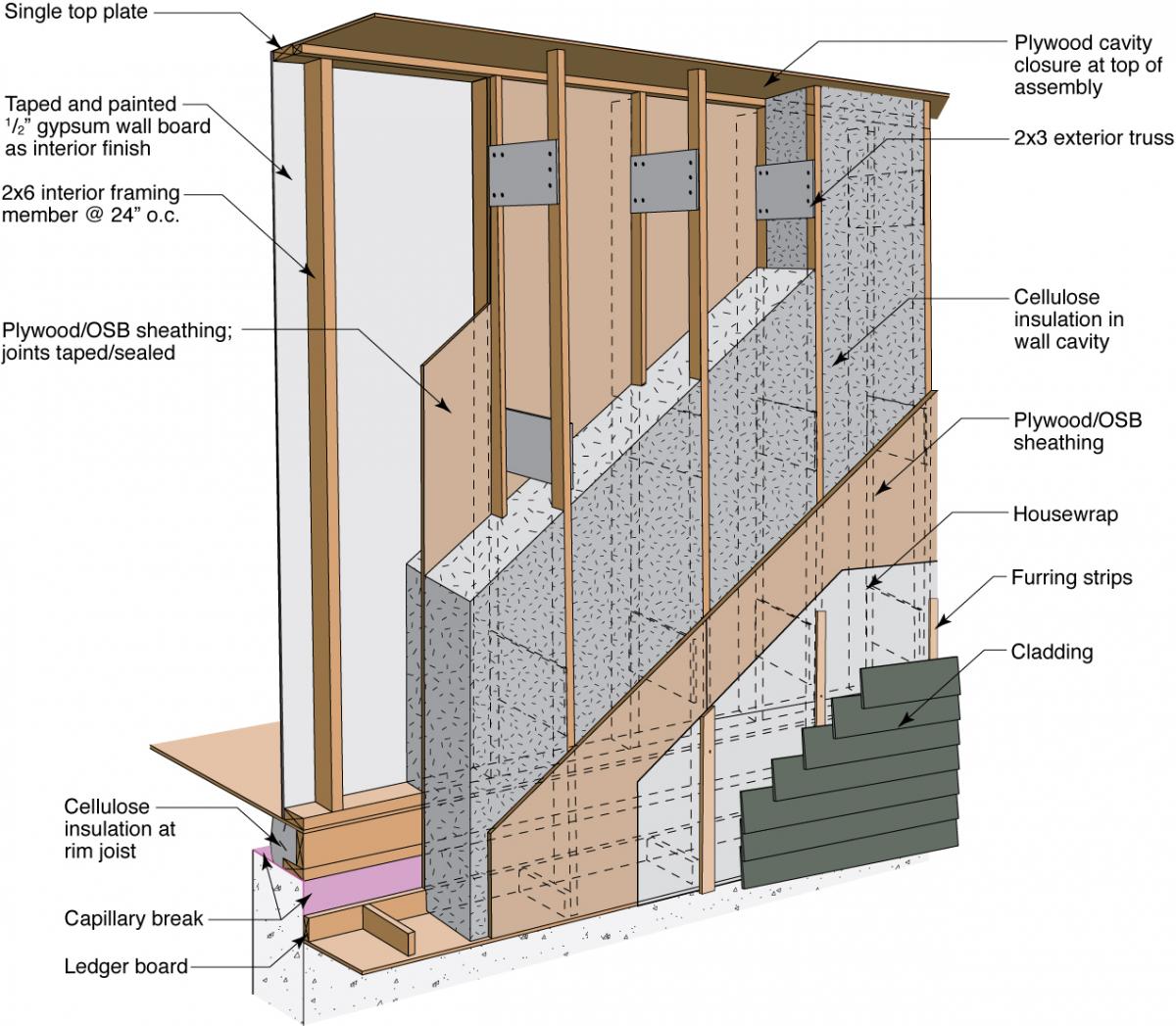
DoubleStud Wall Framing Building America Solution Center
Professional framers Larry Haun and Scott Grice share a few basic tips to help you to frame any wall perfectly and quickly. Watch the rest of the Building Sk.

Framing Basics From Windows to Doors The Inspiring Investment
One method is to inlet 1×4 wind or hurricane bracing into the studs. Measure from corner to corner of the constructed wall, then measure opposite corners and make sure the wall is square. Once the studs are in place, frame in the door and window openings, and then add the headers.

Parts of a Wall (3 Diagrams of Framed Wall and Layers)
Step 1 - Get Started Before you start framing your home or addition, make sure your plans are readily available and easy to read. The plans should give you a good idea of how much lumber you need to purchase for the project. If you're building an addition and have less than 50 studs to buy, then take the time to examine each piece for straightness.

Basic Wall Framing JLC Online Framing, Walls, Walls and Ceilings
Calculate Wall Framing Stud Placement and Quantities with Placement and End Sequence Diagram - Inch

wood framing basics how to build an exterior wall on concrete slab
Step 4: Set out doorways. Determine the position of the doorways. In order to set out the doorway you will need to take these dimensions: 2 door studs at 45mm (90mm) Door width (826mm) Twice the lining thickness of 32mm (64mm) Extra fitting tolerance of 10-15mm.
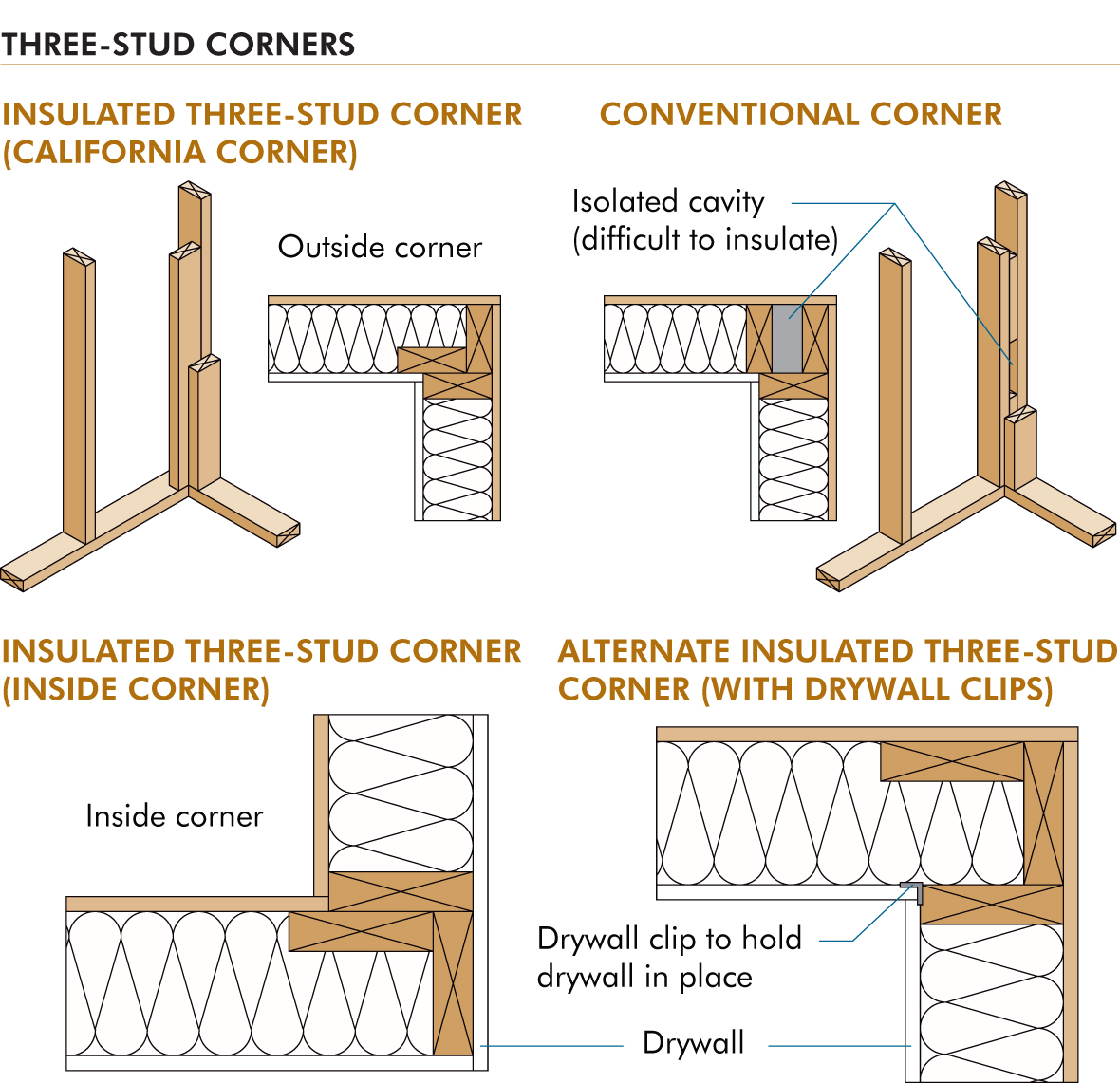
Boost efficiency with advanced framing
How to Frame a Corner When framing wall corners, try this alternative approach that uses less material and is more energy-efficient. by Chuck Bickford iStock If wall framing is on your to-do list, in addition to planning your layout and gathering materials, it's a good idea to spend a little time considering the corners.

A Guide To House Framing Diagrams, Materials, & Cost (2023)
Our Parts of a Wall Diagram Explained Our anatomy of a wall illustration below is split into 3 sections. Those sections, from top to bottom, are: Wall exterior; Wall interior (i.e. the stud or framed wall); and Typical wall layers (exterior wall). Diagram: Anatomy of a Wall Wall Surface

Larry Haun's 10 Rules for Framing Fine Homebuilding
How to Build a Wall: 1. Determine the location and size of the wall 2. Lay out the wall stud locations 3. Fasten the top plate to the ceiling 4. Position and secure the bottom plate 5. Install the wall studs 6. Form the connections and corners Building an interior wall can be a great way to add privacy and functionality to a space.
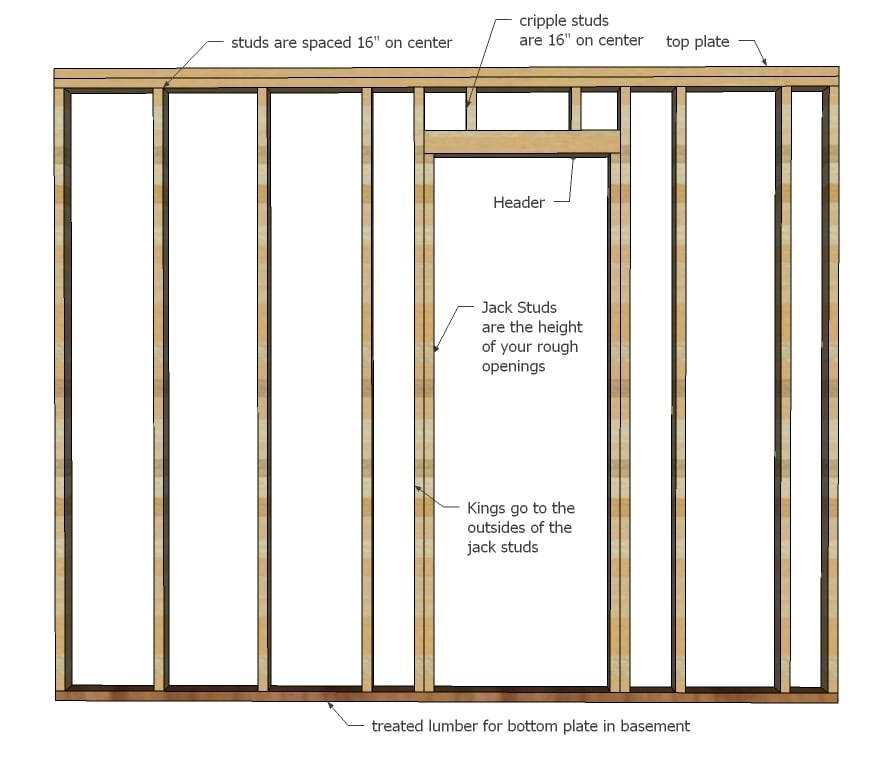
How to Frame Walls Ana White
There are four things to consider when laying out a wall: load path, the location of intersecting walls, window and door openings and the king and jack (or trimmer) studs that outline their rough openings, and the common studs. Watch this step-by-step video about laying out stud walls, and check out "Building Skills" in issue # 274 for more.

Wall Framing Diagram Quizlet
Wall plates Two types of wall plates are logically named the top plate and the bottom plate (sometimes called "sole plate"). The top plate can be a single board (single top plate) or doubled up (double top plate). Double top plates are most common on exterior or interior load-bearing walls.

Wall Framing Terms Diagram Quizlet
The diagram above shows two adjacent walls. The one on the left, with headers over the door and window, is load-bearing because it carries the weight of the roof plus the weight of the ceiling (not shown). The connecting wall on the right is non-load-bearing because it does not support any load from the framing above.

Wood Stud Wall Framing Details Inspection Gallery InterNACHI®
How it Works How it Works: Wall Framing When constructed correctly, a house's frame resists a variety of loads, such as wind and snow. By Rob Munach Issue 214 Synopsis: In this "How It Works" column, engineer Rob Munach defines and describes the components of advanced wall framing.
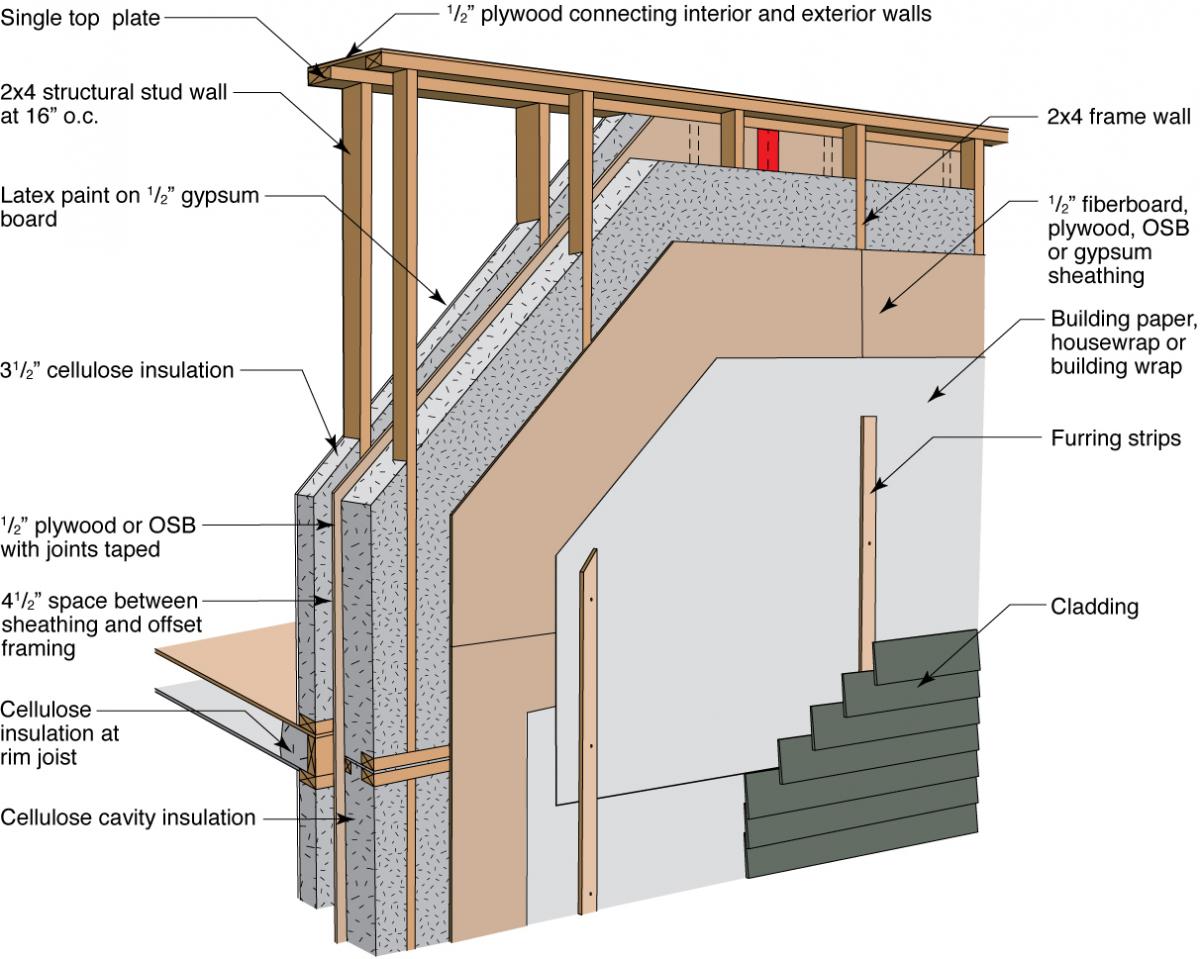
Stud Wall Framing Dimensions Follow accepted building techniques when
The basic tools and materials for framing an interior wall are: Circular or miter saw Framing hammer or power nailer Tape measure 16d framing nails or screws (nails are recommended because screws can break under pressure) Shims Stud finder Carpenter square Plumb bob Chalk line 2-inch x 4-inch or 4-inch x 4-inch structural lumber boards
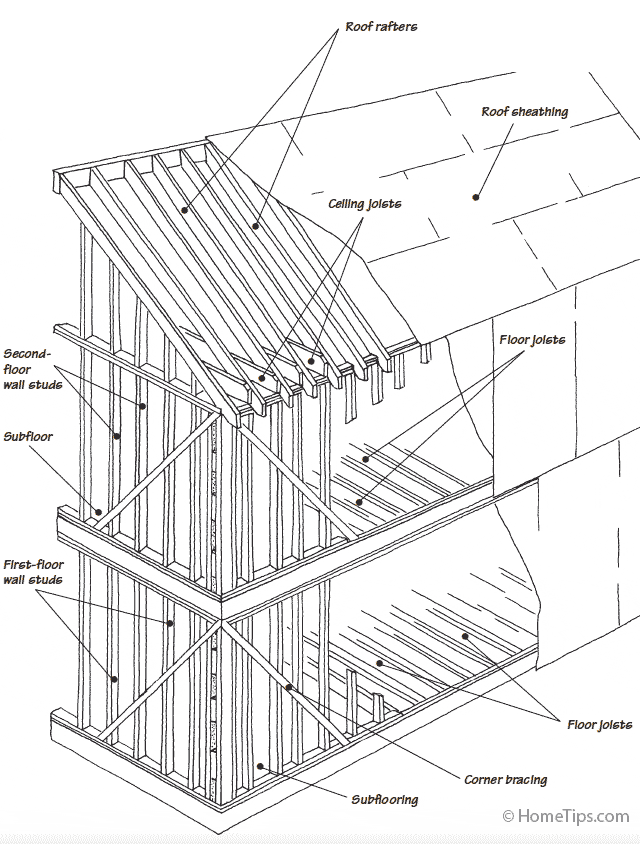
House Framing Diagrams & Methods
Expert diagrams of the two major types of wood-frame construction for house walls and roofs In This Article: Platform Construction Balloon Framing Wall-stud Layouts Wall Sheathing Roof Sheathing Two basic methods are used for framing a house: platform and balloon-frame construction.
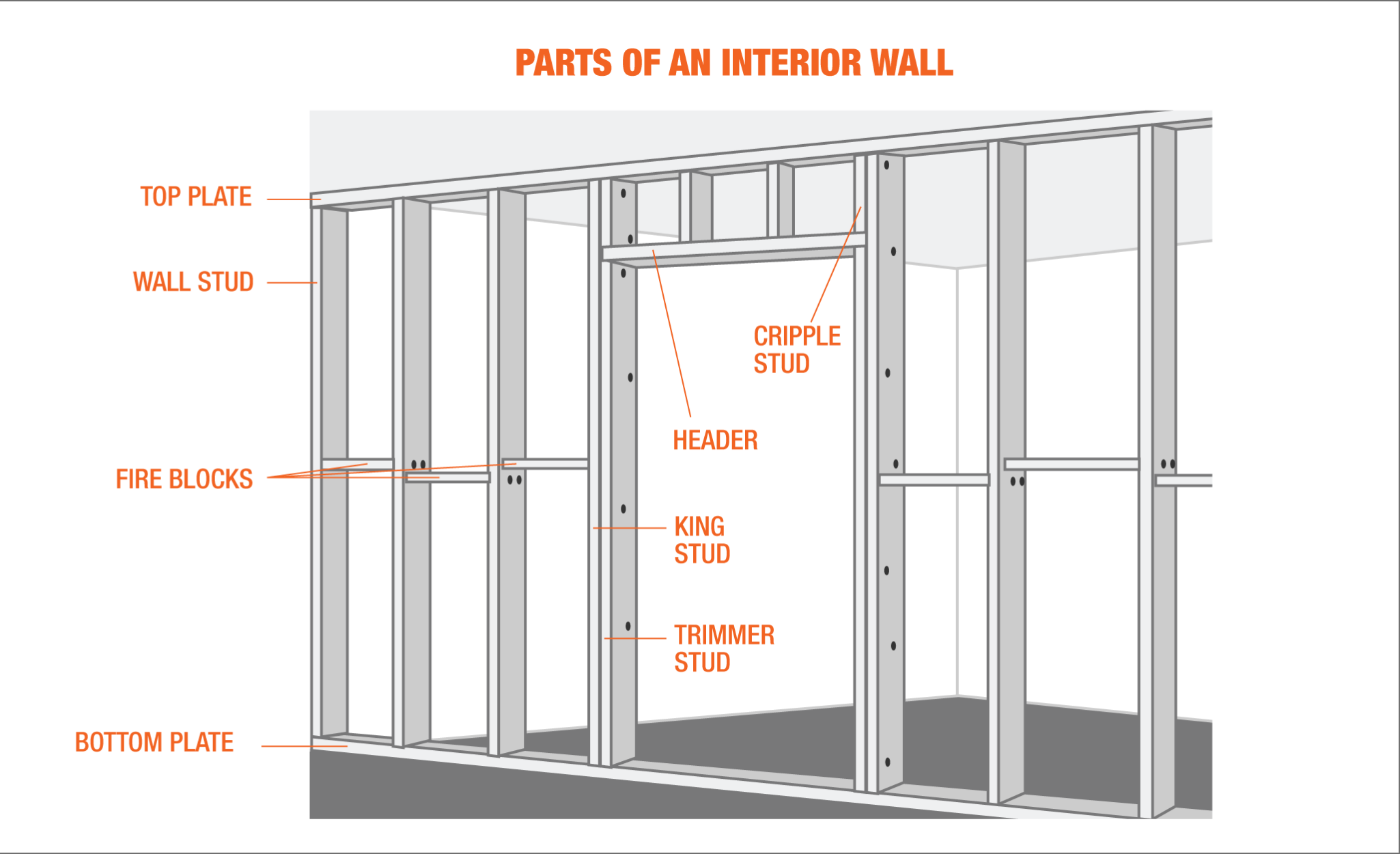
101 Guide to House Framing The Home Depot
Wall studs should be framed 16 or 24 inches apart according to the local code and the requirements of the project. Generally, it's safest to space the studs every 16 inches. Paralleling the bottom plate are two top plates, also two-by-fours. This plate connects to the tops of the vertical studs and to the ceiling.